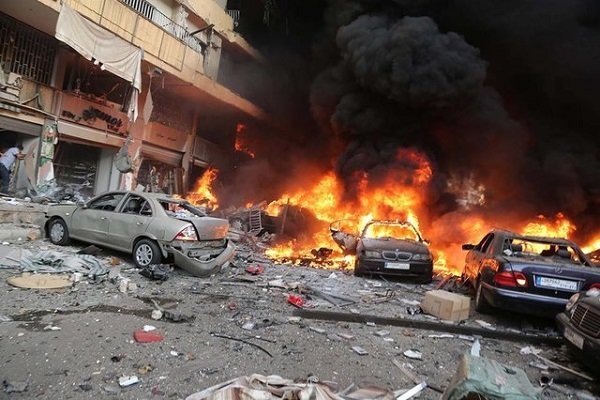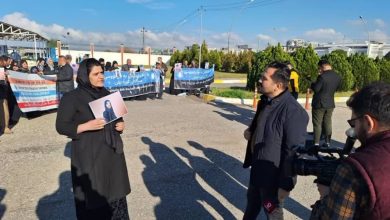The night clashes in Aleppo’s Kurdish-majority neighborhoods, which led to several casualties including civilians, concluded on Monday, October 7, 2025, with the declaration of an immediate and comprehensive ceasefire between the Syrian government and the Kurdish forces (SDF). While restoring relative calm to the affected areas, this ceasefire once again highlighted the importance of implementing the agreement to integrate Kurdish forces into state institutions as the key to stability in northern Syria.
Last night, the Sheikh Maqsoud and Ashrafieh neighborhoods in Aleppo witnessed fierce fighting between government forces and the SDF. Reports indicate that at least one member of the security forces and several civilians were killed, and a number of people were injured. Additionally, some buildings and service infrastructures were damaged, and the entrance routes to the neighborhoods were blocked for several hours.
Agreement for an Immediate Ceasefire
Following hours of conflict, local mediators and representatives from the Syrian Ministry of Defense successfully persuaded both sides to agree to an immediate and comprehensive ceasefire. According to the agreement, neither side will undertake new military action without coordination, and the field situation will revert to the status quo ante bellum.
The SDF Command announced:
“Our goal is to protect the people and prevent further bloodshed. We will adhere to the ceasefire.”
A Syrian military source also stated:
“The army seeks to maintain stability and the country’s sovereignty and will not allow any group to disrupt public order.”
Political Context and the Agreement’s Significance
The recent tensions occurred despite the March 2025 agreement between the Syrian government and the SDF leadership not yet being fully implemented. This agreement stipulated the integration of Kurdish forces into the state’s security and administrative structures; however, disagreements over responsibilities and control of remaining areas have paved the way for local tensions.
International Reaction
The United Nations mission in Damascus and Russian observers emphasized the commitment of both parties to the ceasefire and the use of the dialogue channel. The movement of neighborhood residents has also returned to normal.
Although the October 7, 2025, ceasefire in Aleppo managed to prevent the expansion of violence, analysts warn that the potential for similar tensions remains until the full implementation of the agreement to integrate the SDF into formal government structures is guaranteed. This event once again demonstrates that the stability of northern Syria is still fragile and dependent on the political will of the parties involved.






